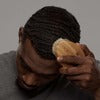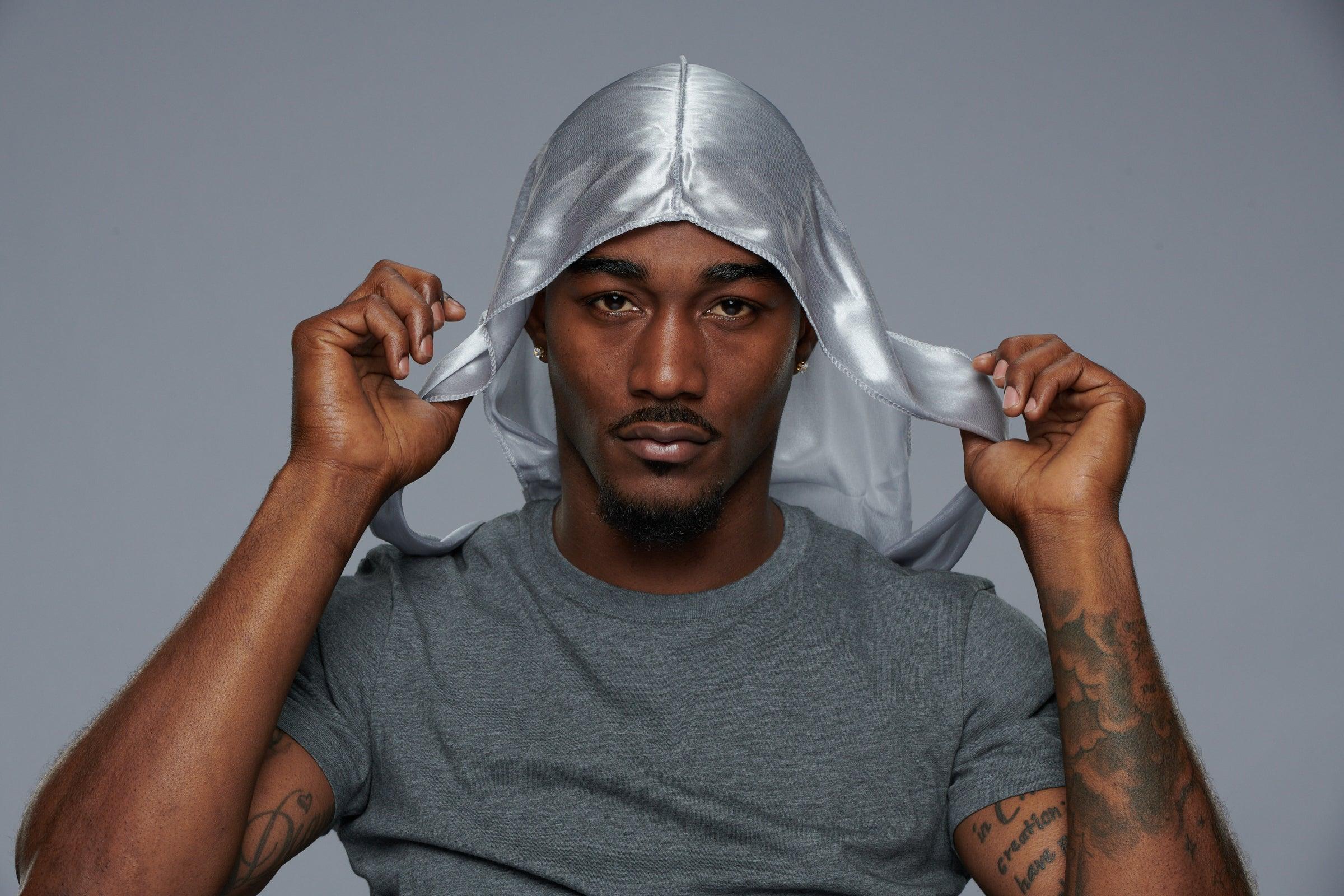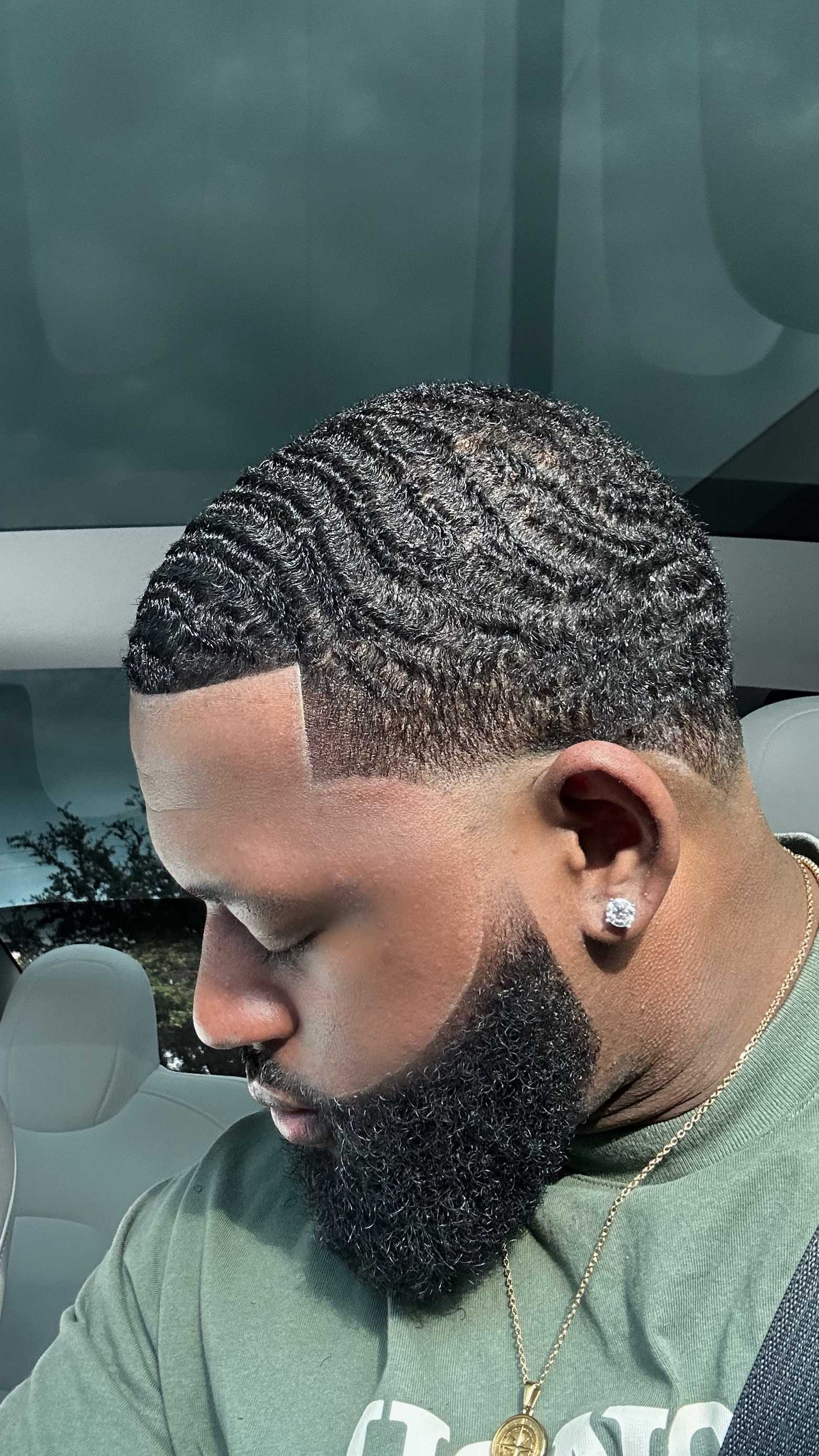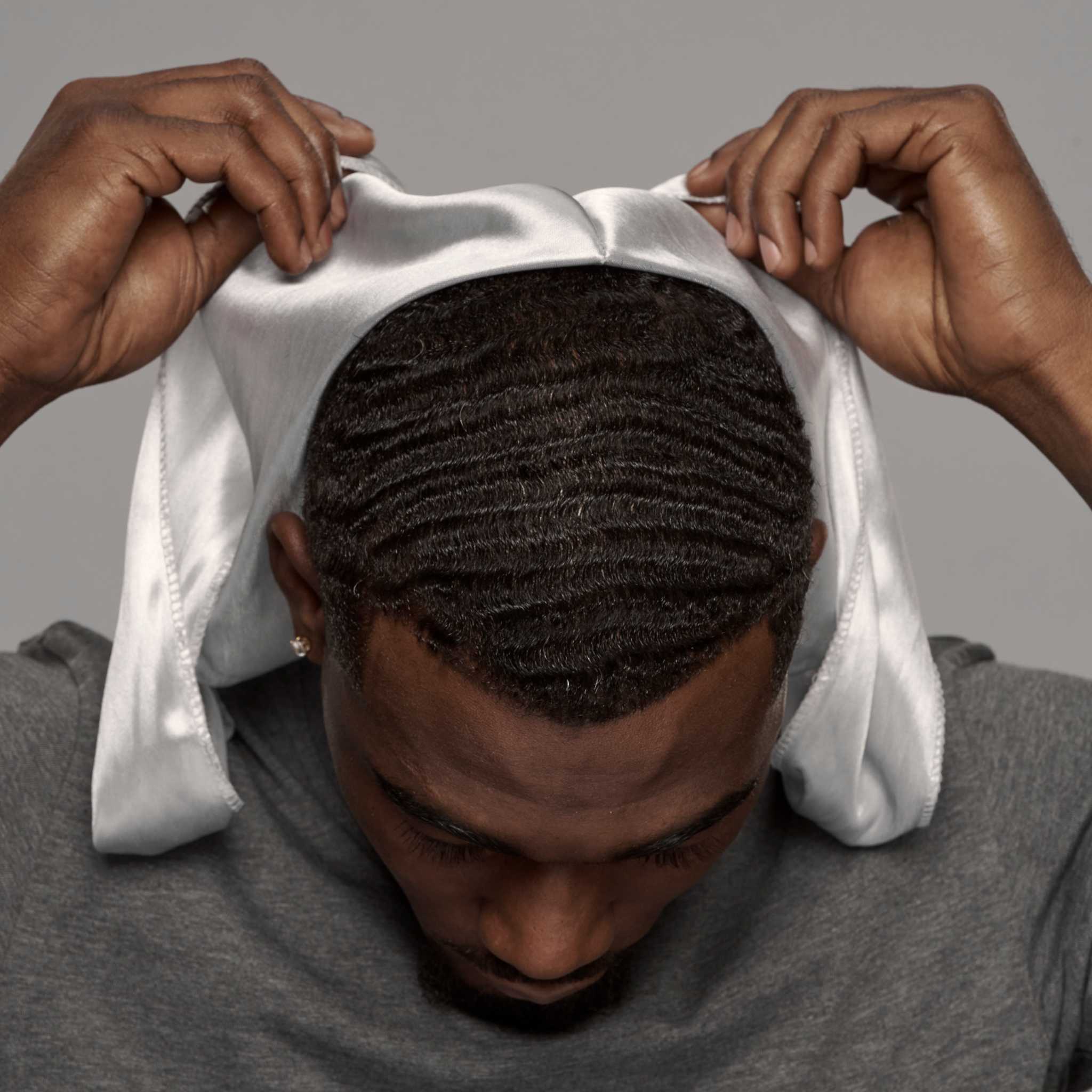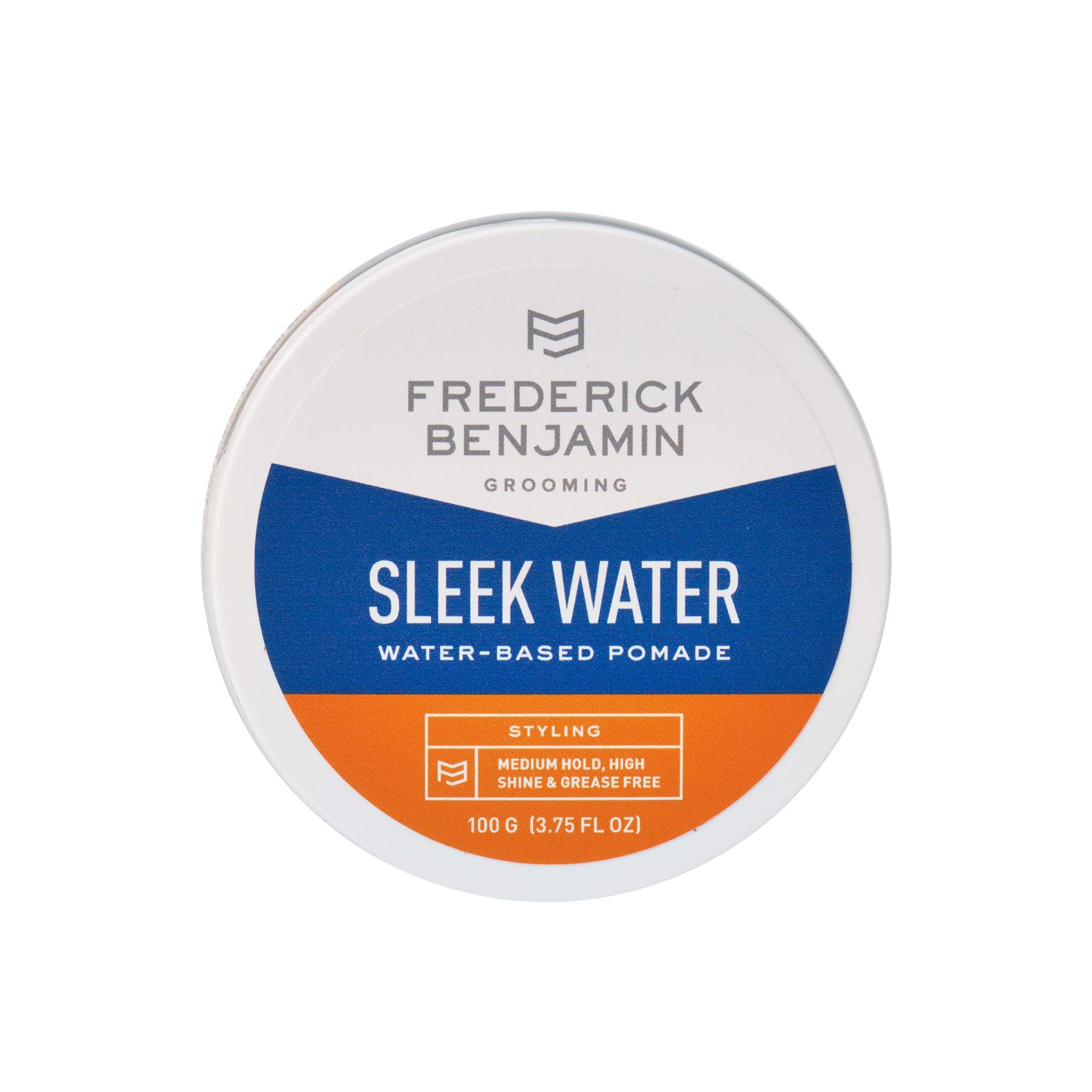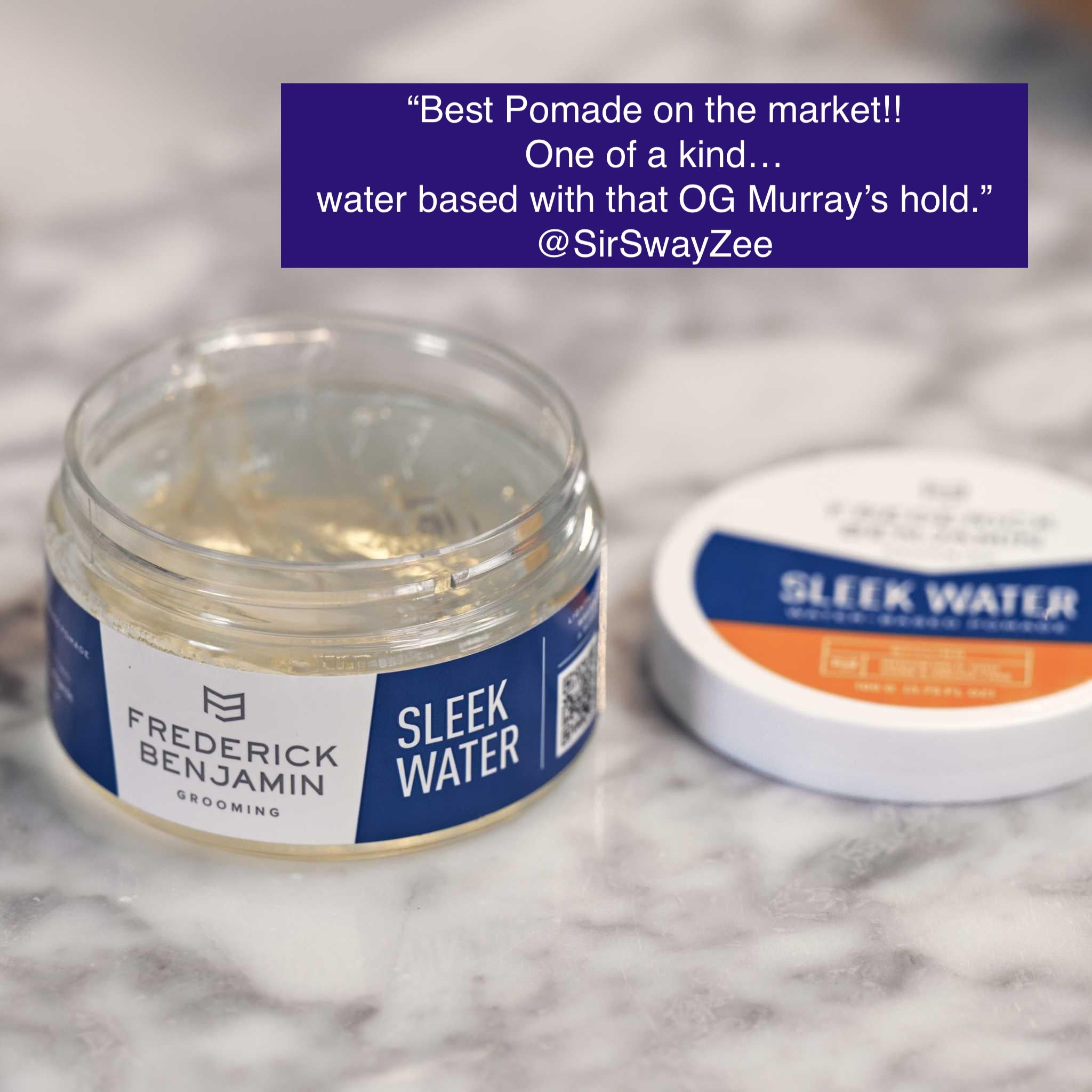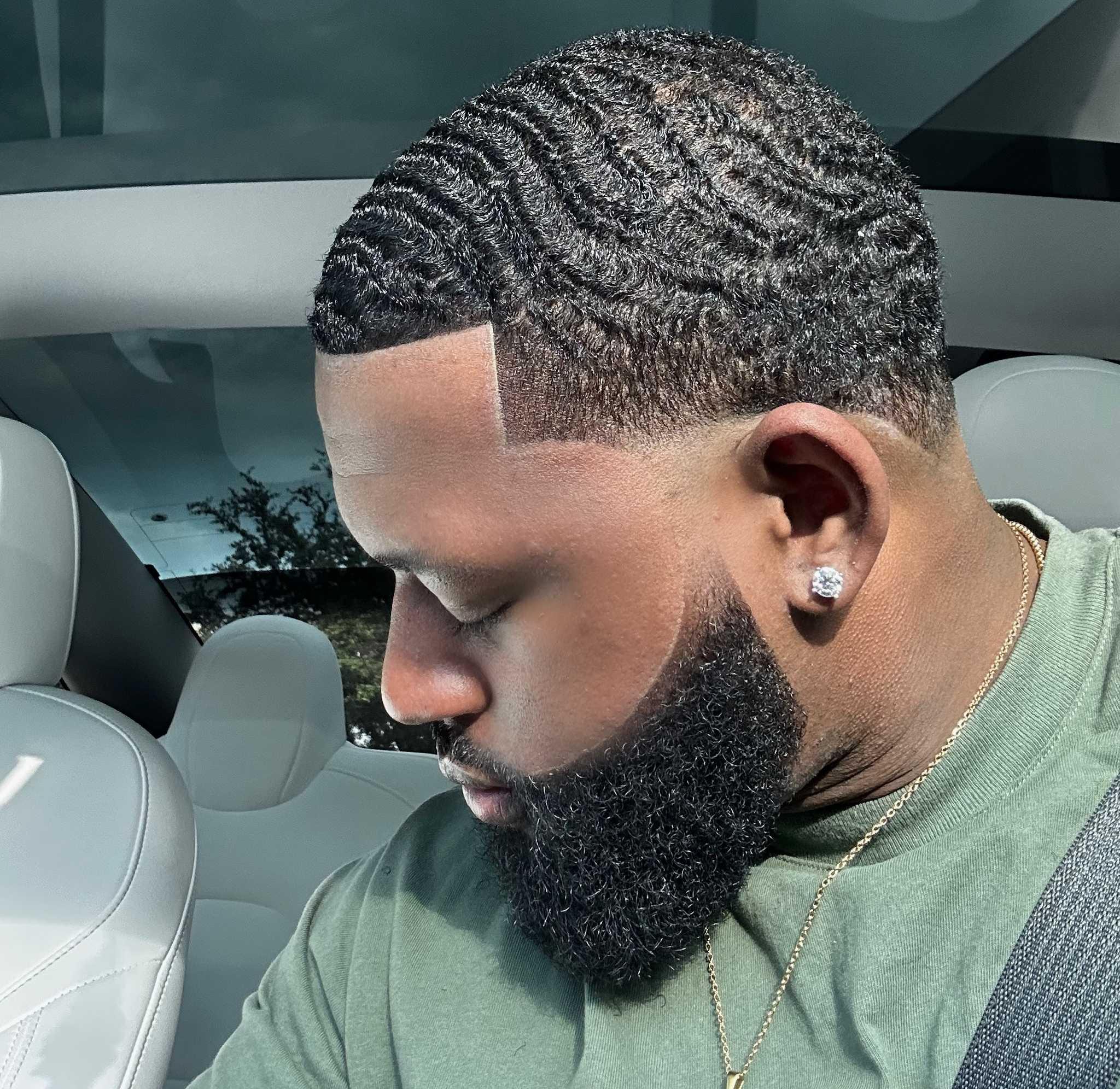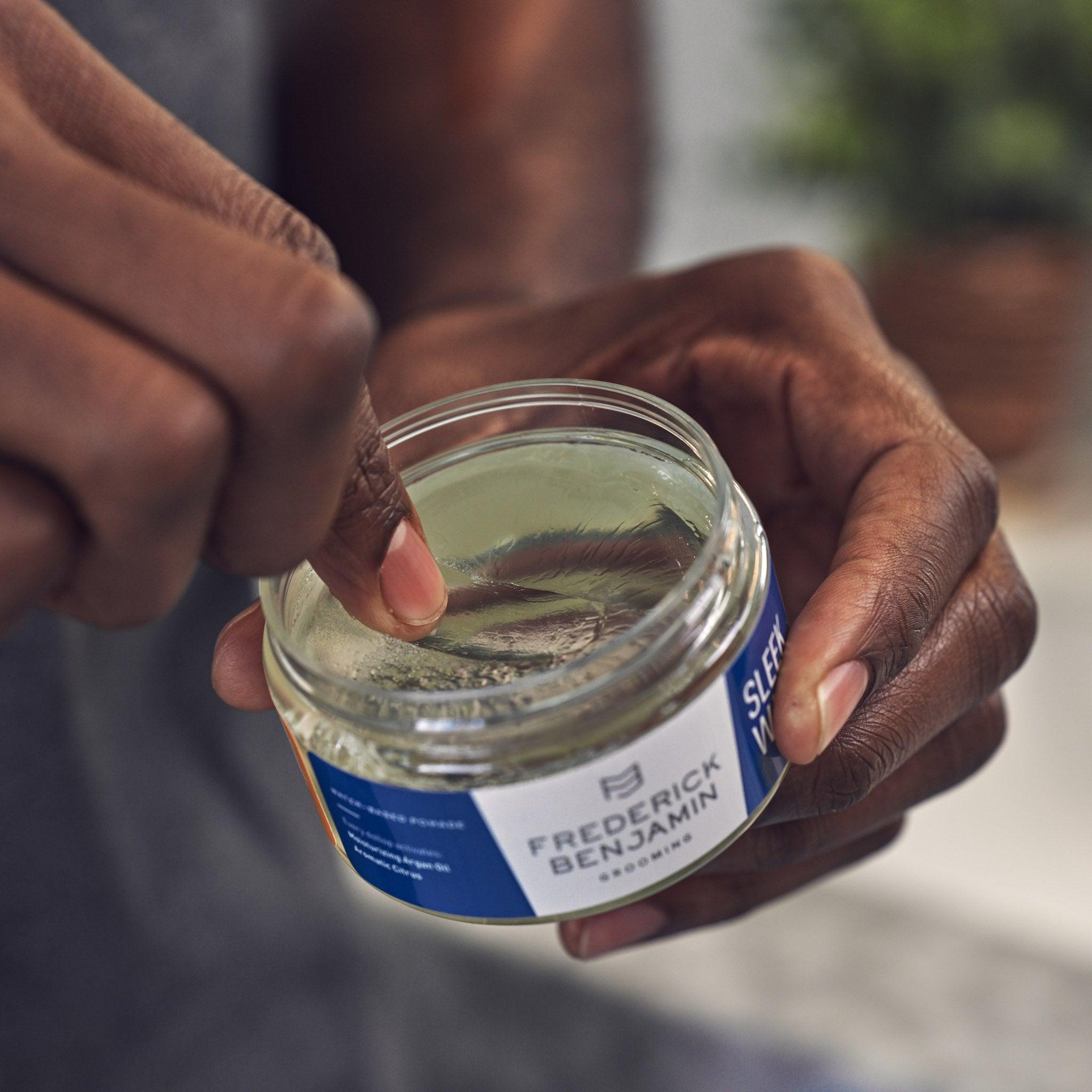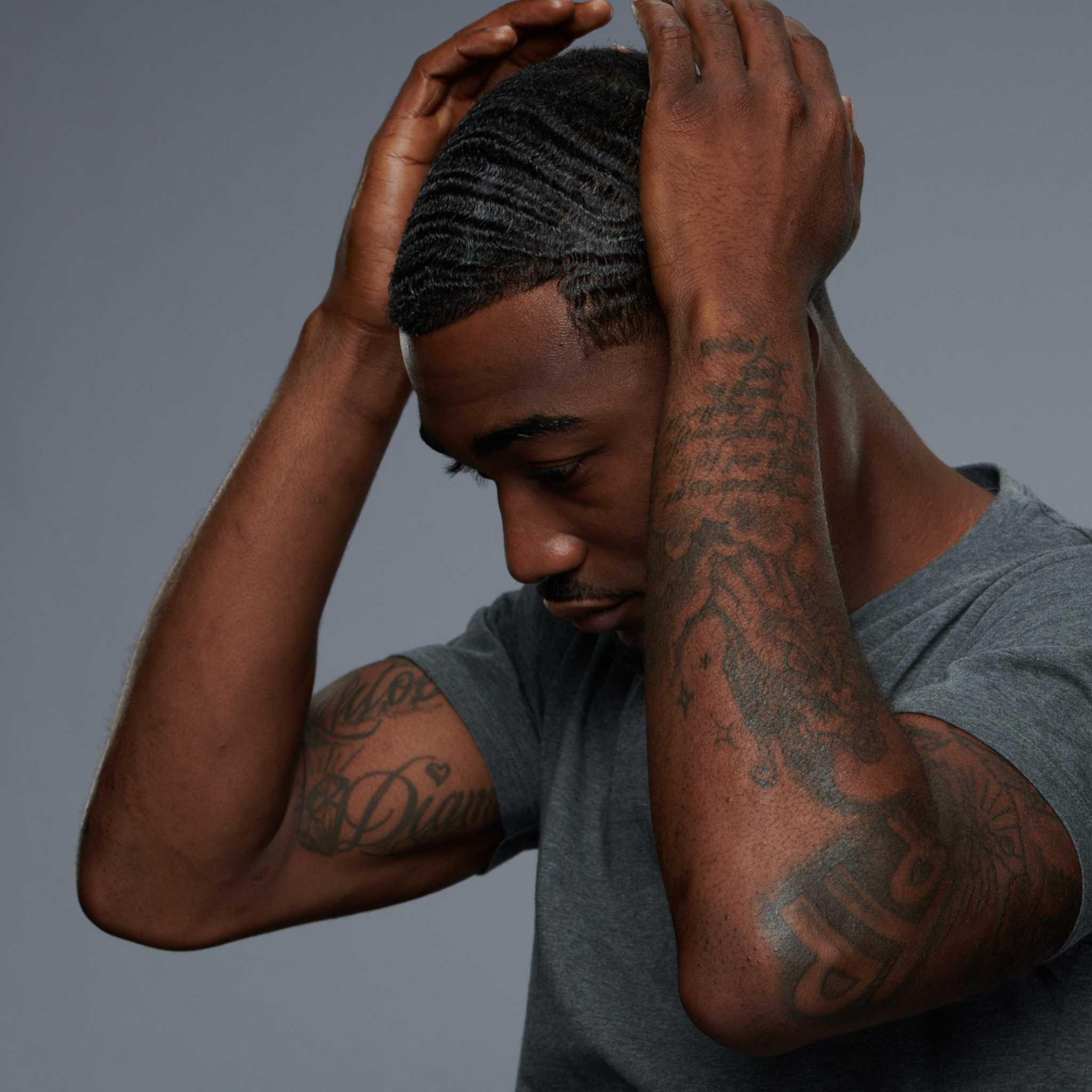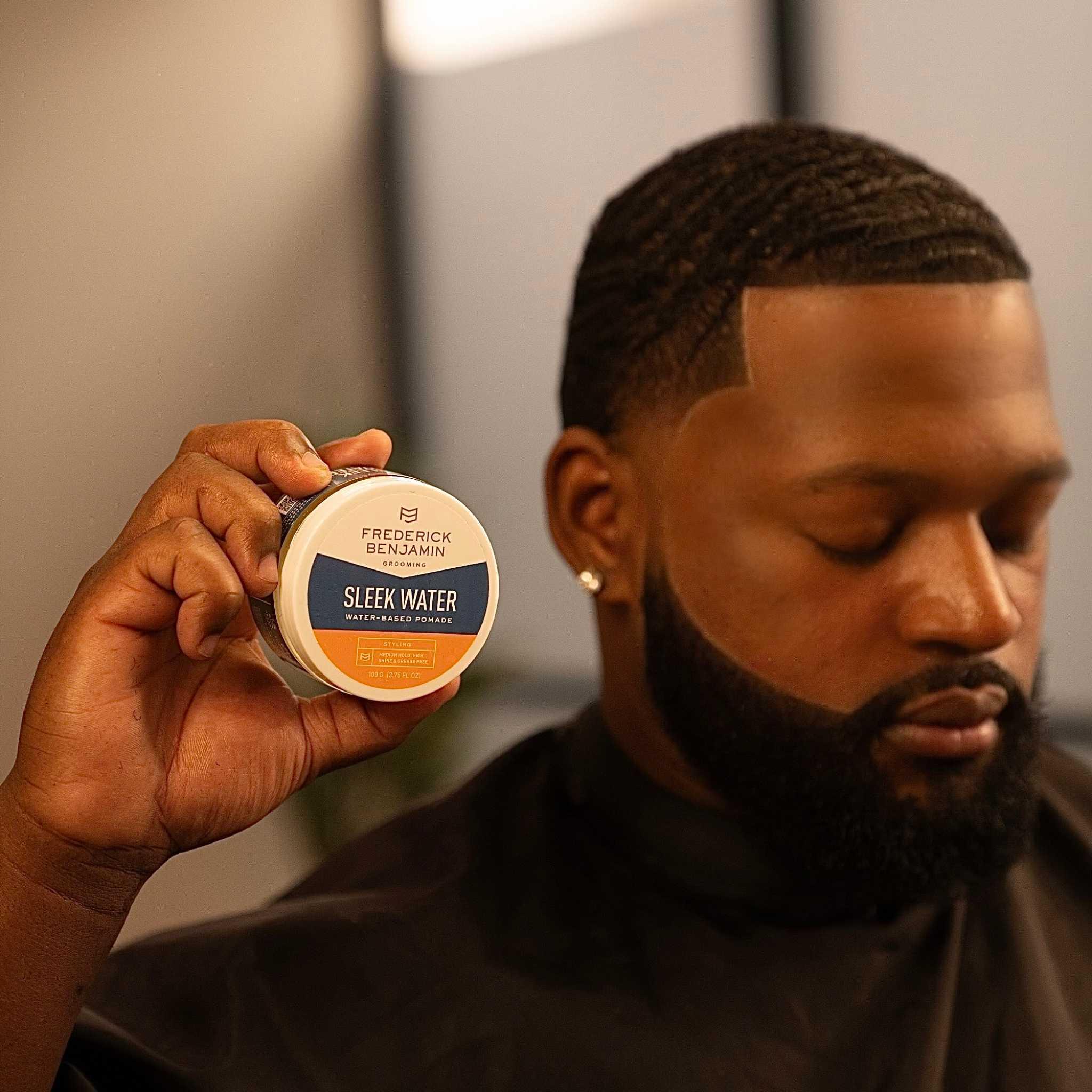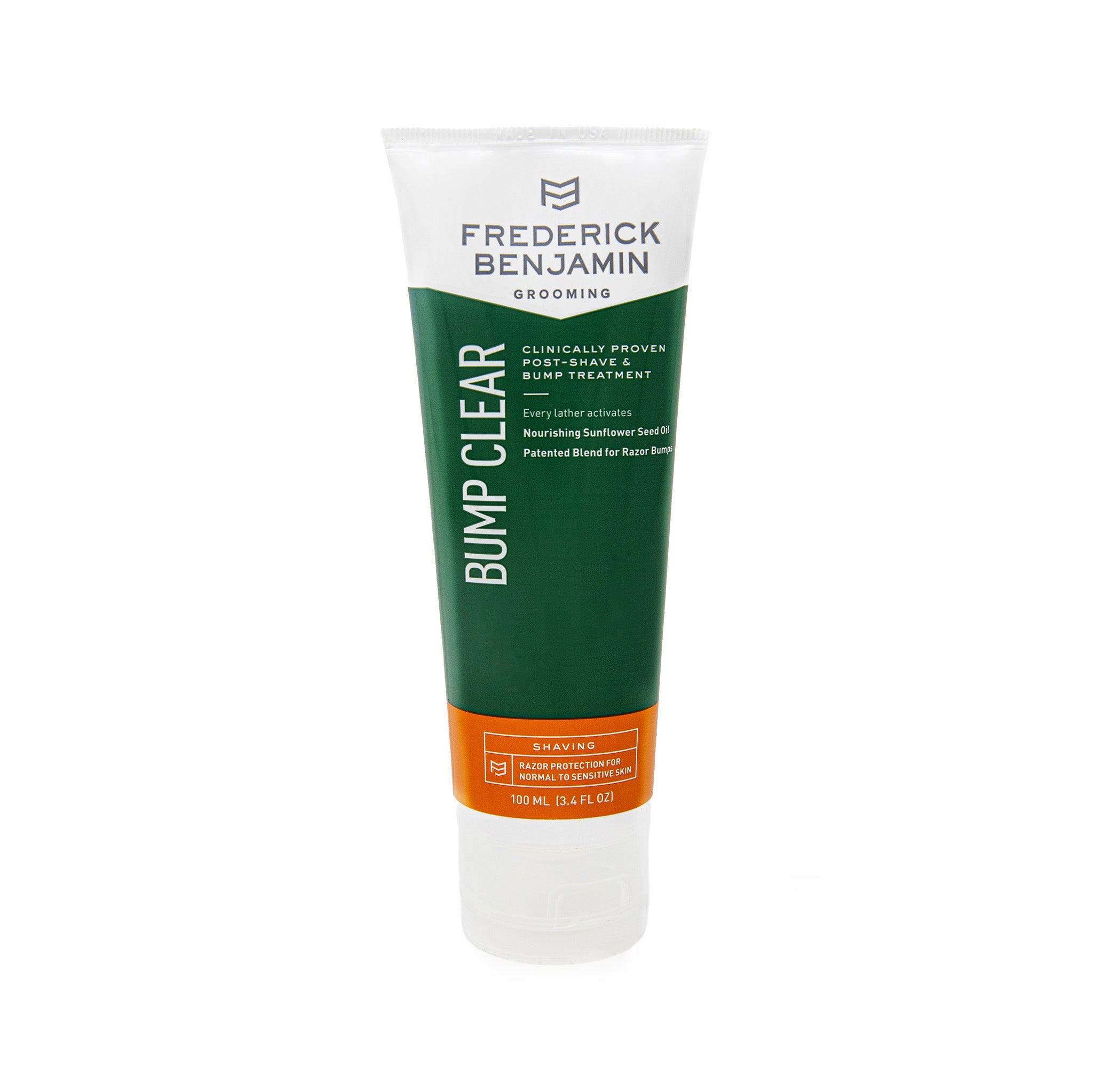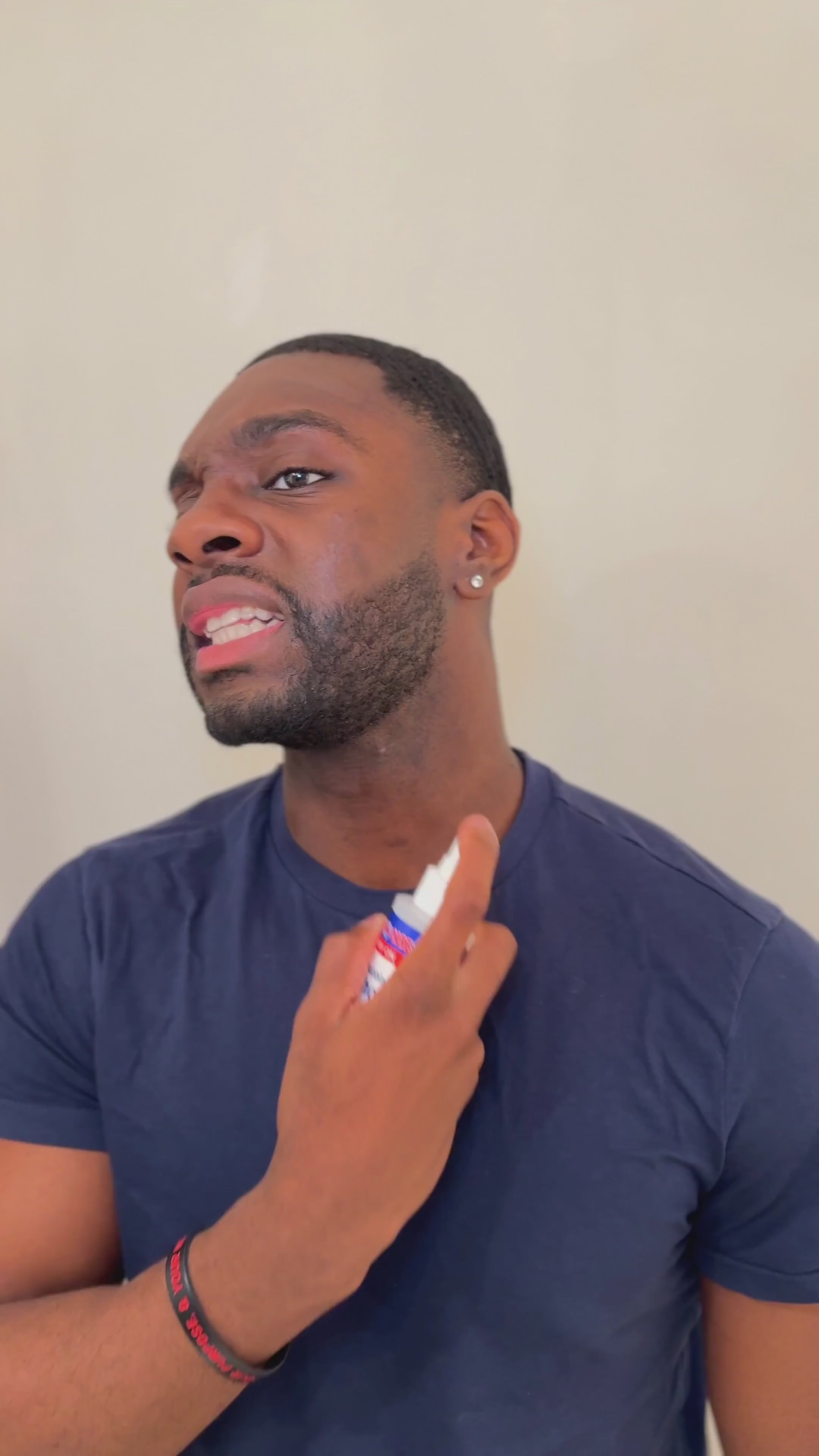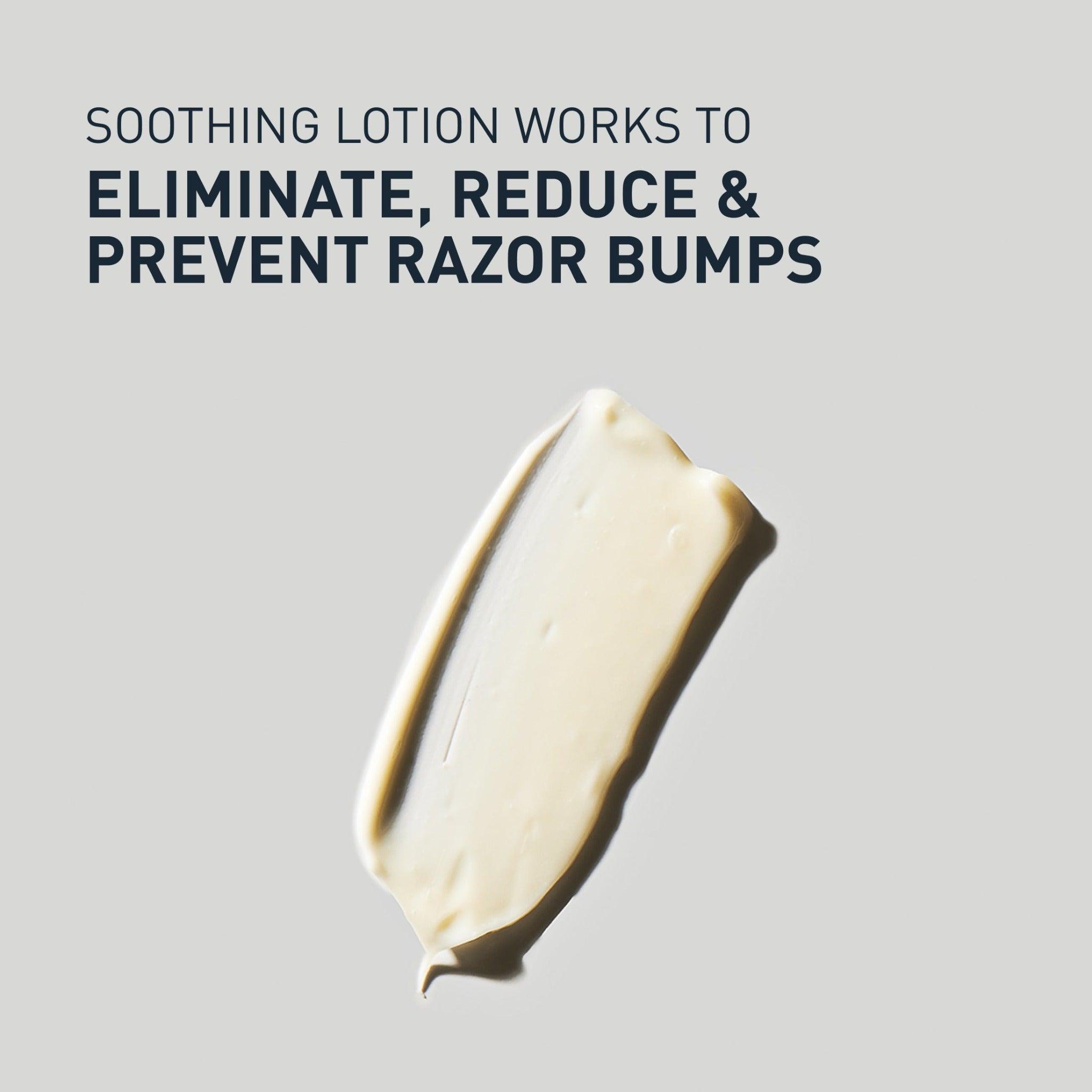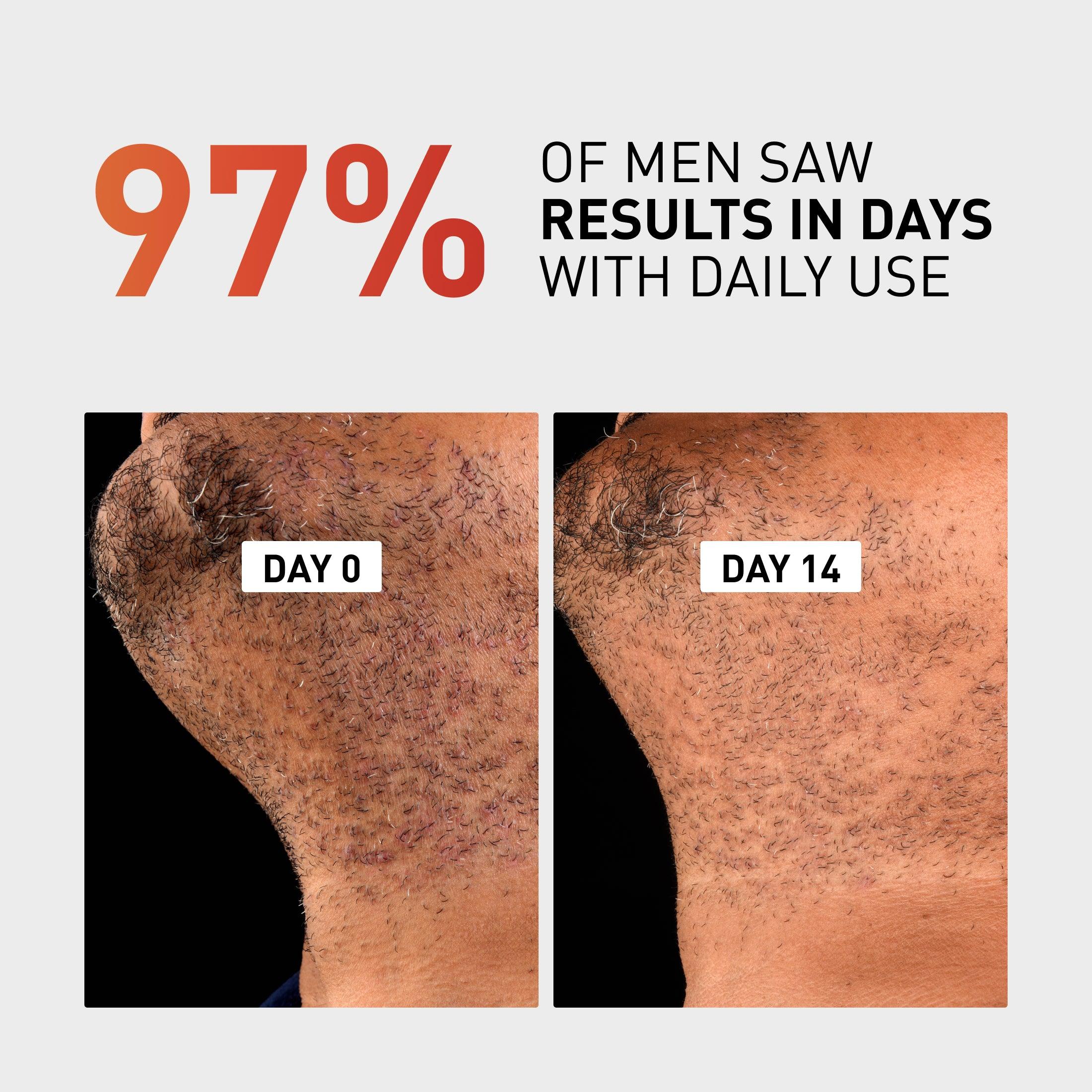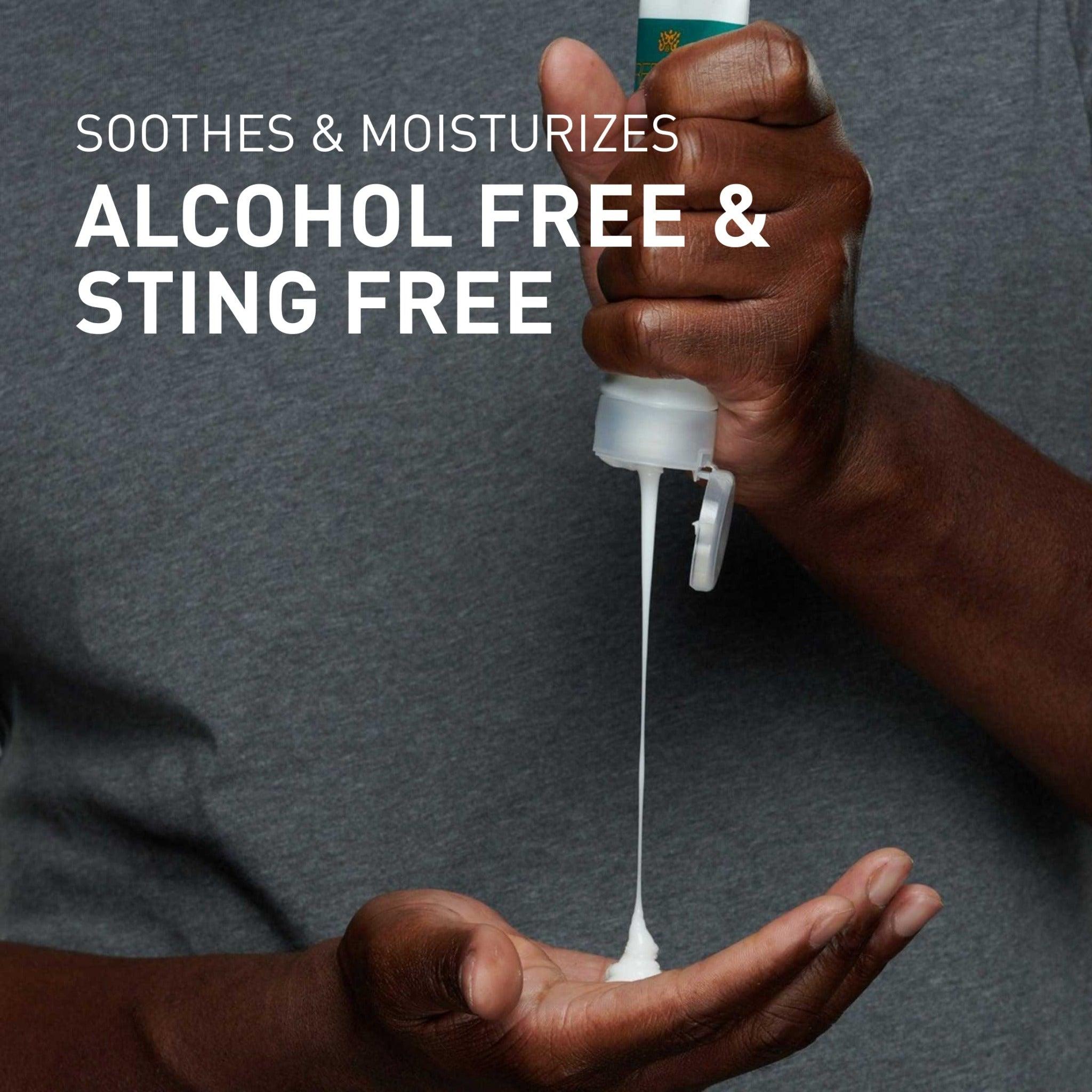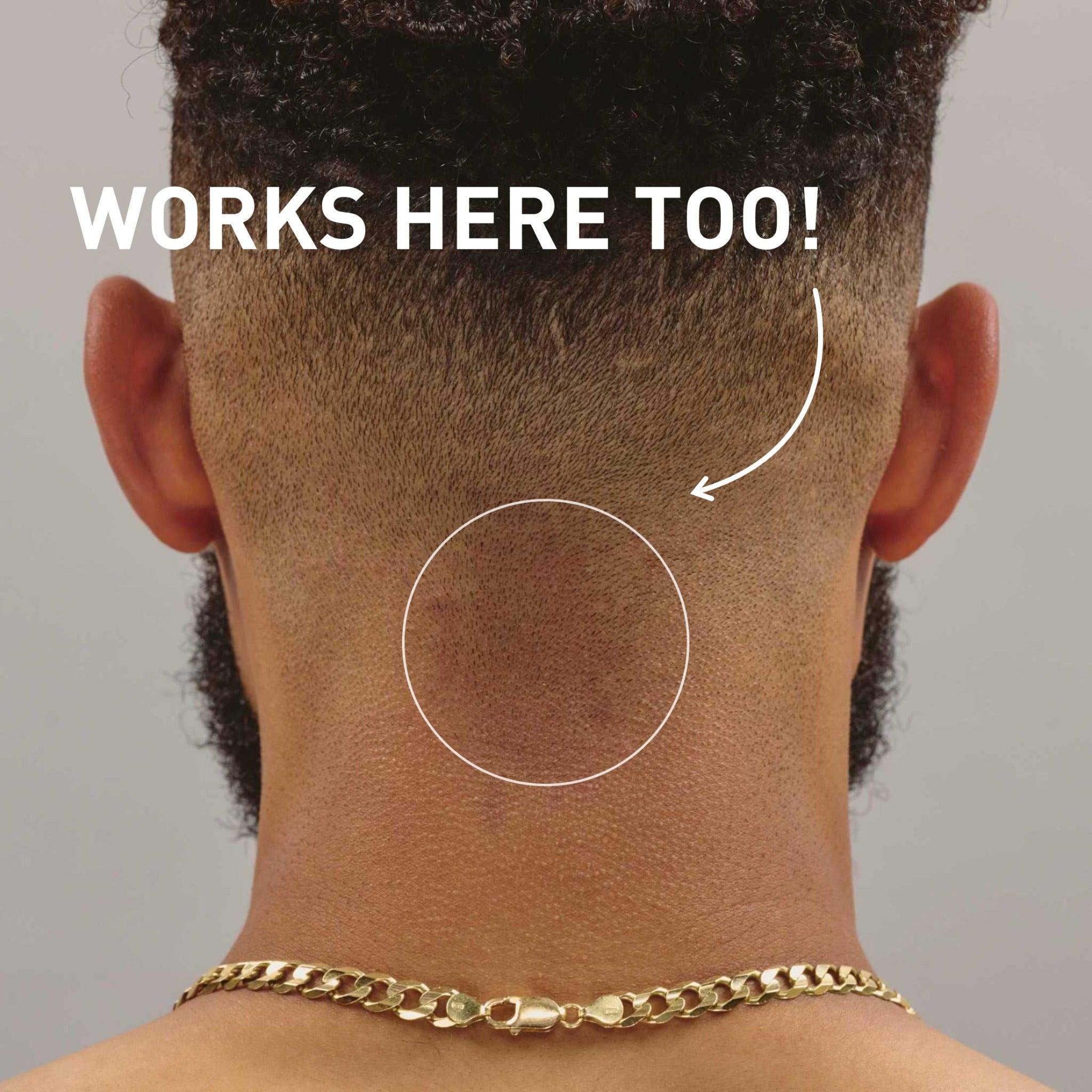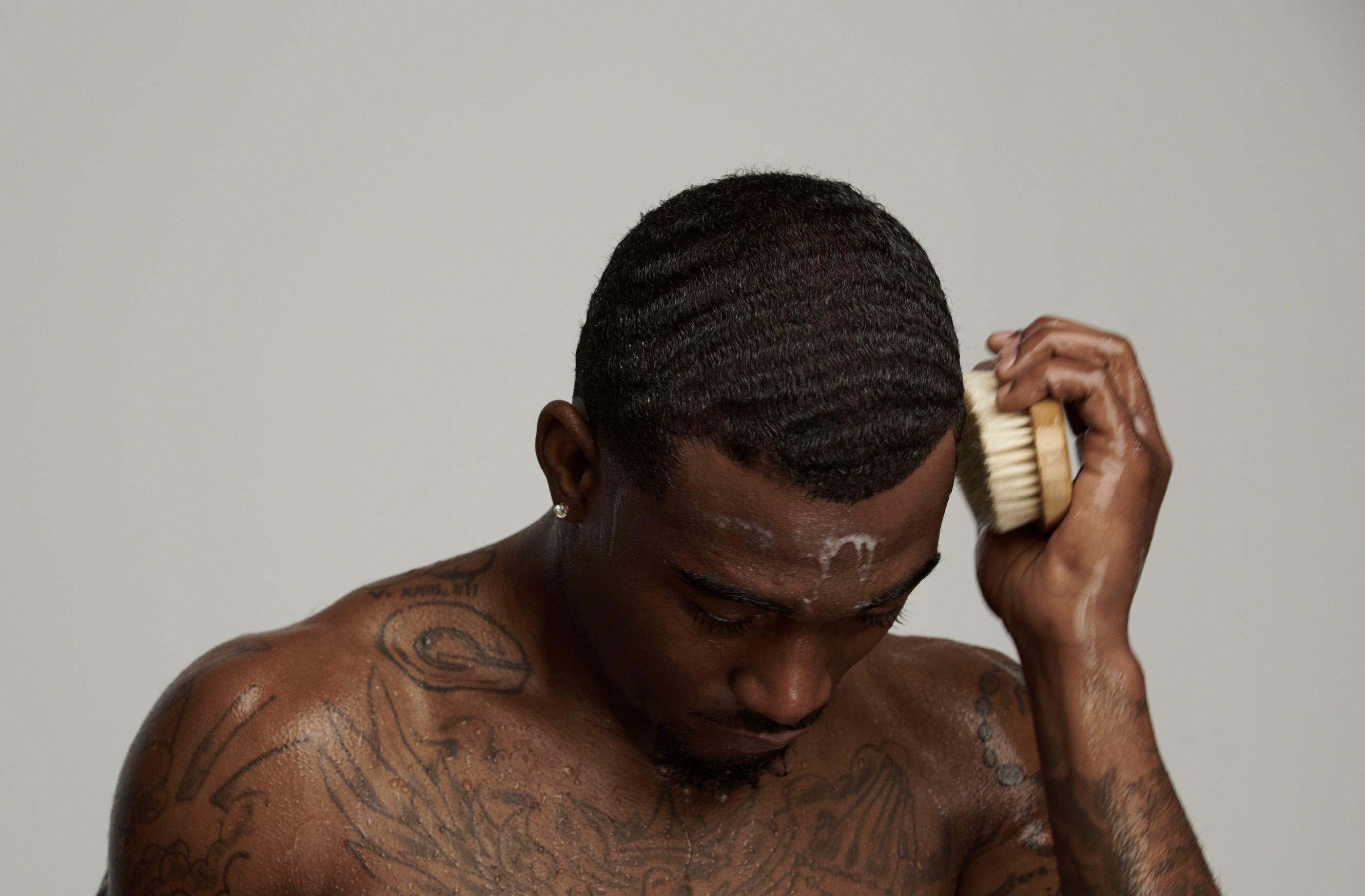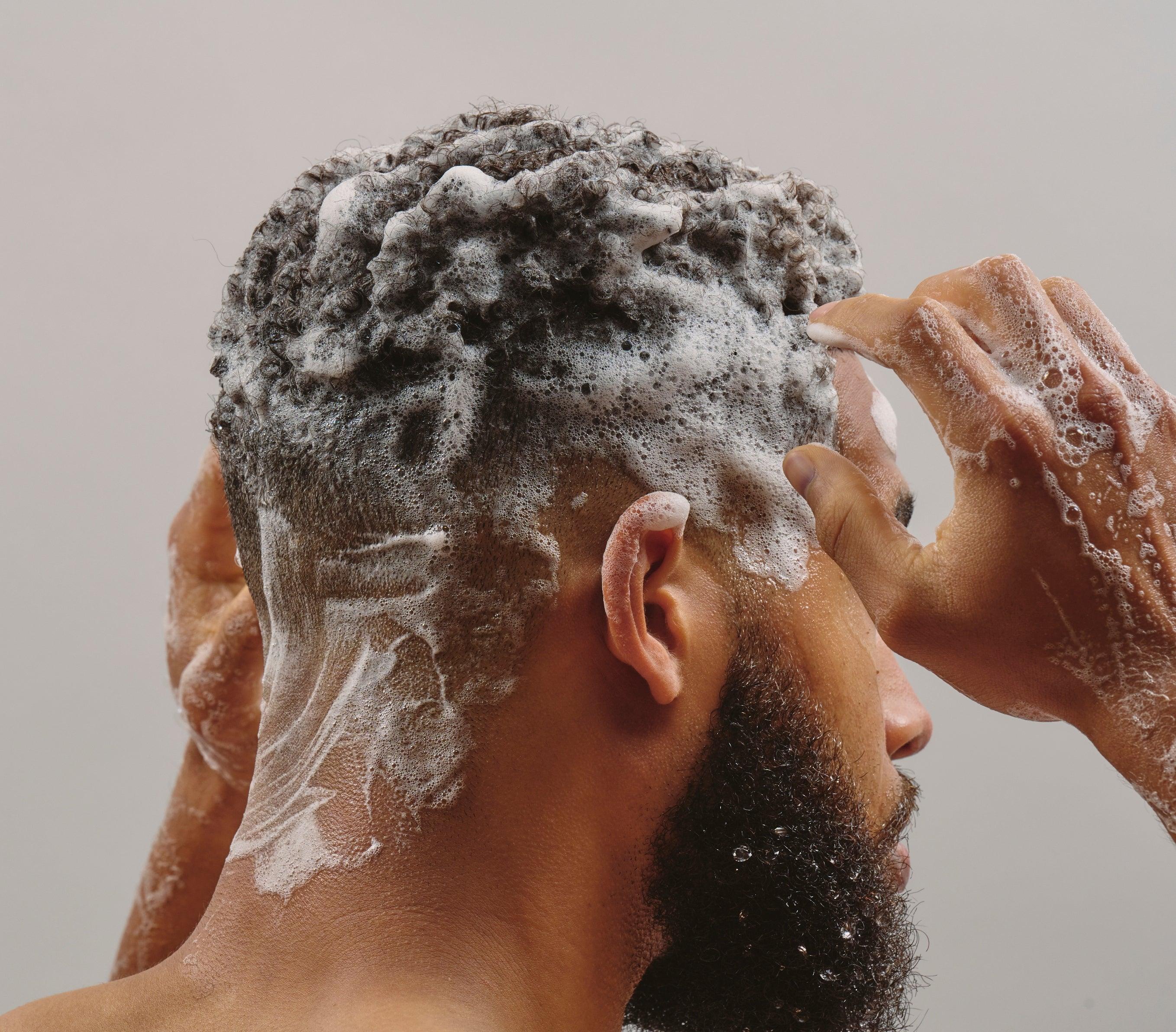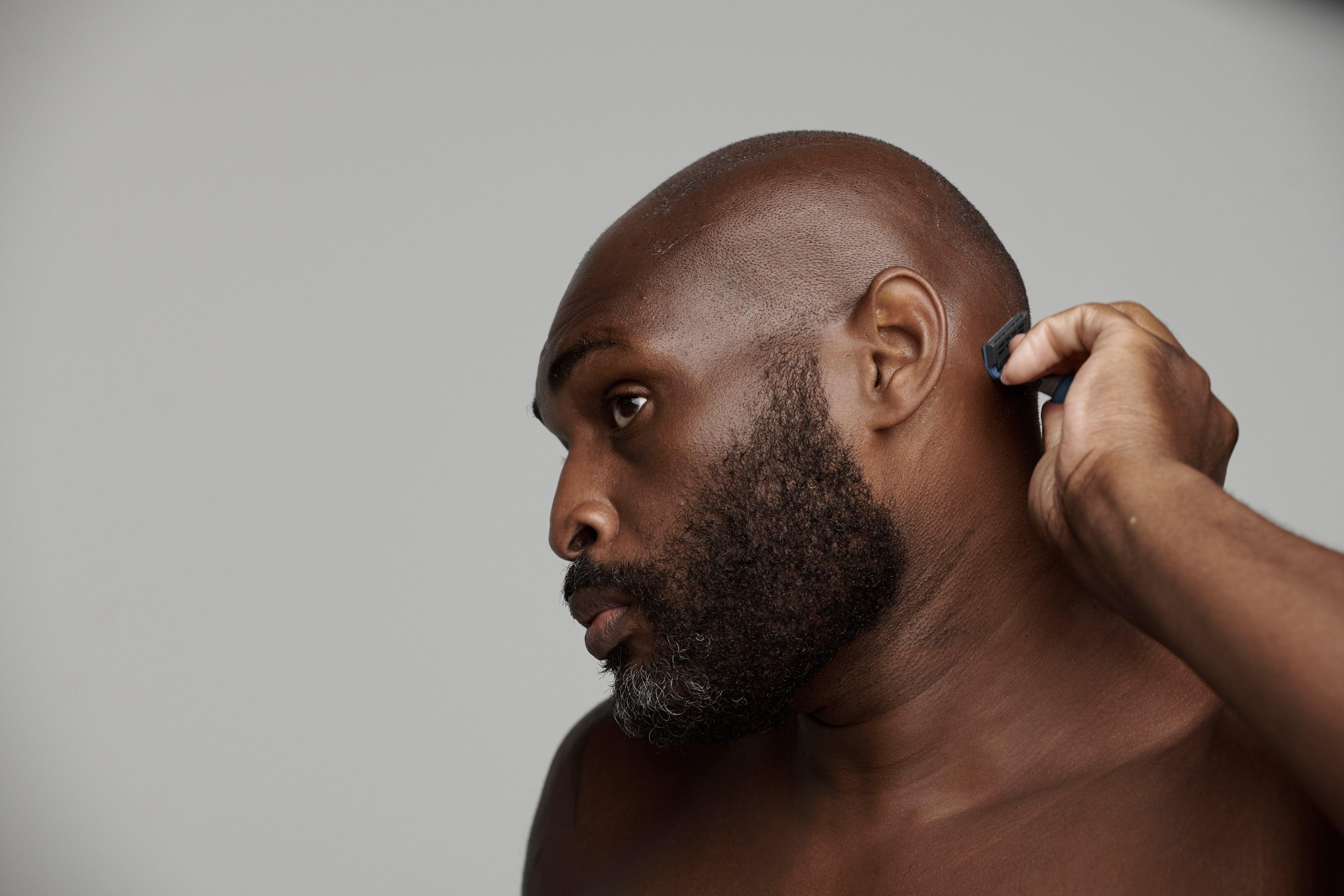Jay-Z. Nelly. Lance Gross. Larenz Tate. A few of our ‘haircons” that have mastered the style that was so desired in so many suburbs and hoods across the world: the deep waves. To have a head full of fresh, shiny waves meant you could achieve anything you heart desired: the girl, the car, the fresh sneakers, the world.
Often confused with having “good hair” the obtainable and maintaining of waves is not rocket science; its based on dedication, willpower and patience. And if all else fails (and you will not fail) try, try and try again and again and again!
Don't know where to start? Not a problem. We sat down with veteran barber Darius Davie, who also owns Groom Guy, to ask a few important questions that our followers have, making sure to touch on everything from hair length to proper tools, and what to expect while cultivating your waves.
Keep scrolling to get the scoop on everything you ever wanted to know about achieving the perfect waves.
Q: Why are waves such a coveted hairstyle in the African-American community?
A: Waves have remained a strong identity amongst the African-American community. It reveals the individuality of Black hair and its capabilities amongst others. Various industries within Black culture also celebrate this style, like music or fashion, which makes it more appealing. Achieving waves simply mean an even lay down of hairs with a ripple effect as your pattern. When a person has them, it means their routine was a success: brushing, product placing and head wrapping via durag.
Q: What should one know or do before starting the process of achieving waves?
A: Wash and condition your hair thoroughly before embarking on the waves. You'll want to moisturize the hair so it'll become accustomed to the desired length making it a smooth process.
Q: What should one tell their barber before starting this process?
A: A person should go to the barber to achieve the desired length to begin the wave process. A number 2 or 1 1/2 is the ideal clipper length you'll want to communicate to your barber. A person should know it can take up to one to two weeks to start seeing results.
Q: What tools (brush, cap, products) are essentials to producing and maintaining your waves?
A: You'll want to get equipped with a silk cap. The silk fabric will be a much smoother surface for the hair to lay down on. Traditional waves caps have weak stitching and can fall apart, thus, causing the wave pattern to collapse or even look uneven. Grab a medium-soft bristle brush and be aware of what option works best for you.
Most soft bristles are ideal so they don't irritate the scalp. Frederick Benjamin Sleek Water Pomade is a great wave activator product to begin the process; its ability to lay the hair down immediately is just the "training" it needs for desired wave direction.
Q: How many steps are needed to achieve this look?
A: The wave process can usually be about five steps: moisture, apply, brush, cover, cut. Condition the hair and add proper moisture to prevent product buildup and dandruff.
Apply a pomade, gel, or any product that activates your waves. Brushing is the routine exercise to create and maintain the wave or ripple pattern (with or without the cap on the head). Add a routine haircut to your local barbershop to ensure the length is even, loose hairs are removed, and the barber can review the current status of the waves.
Q: Does hair health matter in achieving this style?
A: Healthy hair is critical in any type of hair texture manipulation. It's often a misconception to not wash during the wave process; that only causes dry and damaged hair. The more brittle hair the less movement it can commit to. Dry patches or an itchy scalp is a common result of poor scalp care.
Irritation can lead to redness and more severe scalp damage. Heavy pomades and gels may give style but, in the long term, can prevent moisture from entering the hair shaft which is a first class ticket to dandruff disaster.
Q: Are there any significant differences in this hair process from earlier times to present-day? In this case, do all products matter?
A: The wave process remains the same but the supplies have seen an upgrade in the present day. A lot of styling products are now water-based, which allows for an easy rinse out during routine shampoos. Leave-in conditions have been an addition as a protectant and used as a pre-styler before applying pomade or gel.
A: What do you say to someone who is having difficulty achieving this look?
Q: If there's troubles aiming to achieve waves, visit a local barber who specializes in giving the haircut to begin the process. At home, create a hair routine that works for you and be patient with the process for results. Try not to change products like the wave pomades or caps too often. Hair works best when there is consistency.
Q: Any other tips you may have? Final thoughts?
A: Using a leave-in conditioner before and after you've used your cap gives a nice shine to the hair. Most of them are sprays and will really help those baby hairs lay down. It also combats any dry patches you may see building in your scalp along the way.


